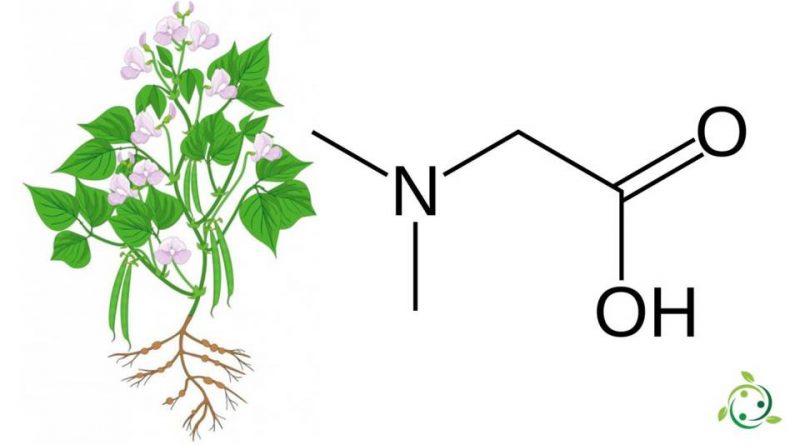Dimethylglycine
Dimethylglycine
Dimethylglycine (DMG), whose term in the official IUPAC nomenclature is: acetic acid (Dimethylamino) or also N, N-dimethylglycine is a derivative of the amino acid glycine with brute or molecular formula: C4H9NO2.
Dimethylglycine occurs naturally in beans and liver.
This molecule can be formed from trimethylglycine with the loss of one of its methyl groups and is also a by-product of choline metabolism.
Dimethylglycine when it was discovered took the name of vitamin B16 but, unlike the real B vitamins, the lack of Dimethylglycine in the diet does not lead to any negative effects, as citric acid is synthesized by the human body through the cycle ( or Krebs cycle), so it cannot be defined as a vitamin.
Dimethylglycine has been suggested for use as an athletic performance enhancer, immunostimulant, and a treatment for autism, epilepsy, or mitochondrial disease.
There is no evidence that dimethylglycine is effective for the treatment of mitochondrial disease. Published studies on the subject have shown little or no difference between treatment with this substance and placebo in autism spectrum disorders.
Warning: The information shown is not medical advice and may not be accurate. The contents are for illustrative purposes only and do not replace medical advice.

